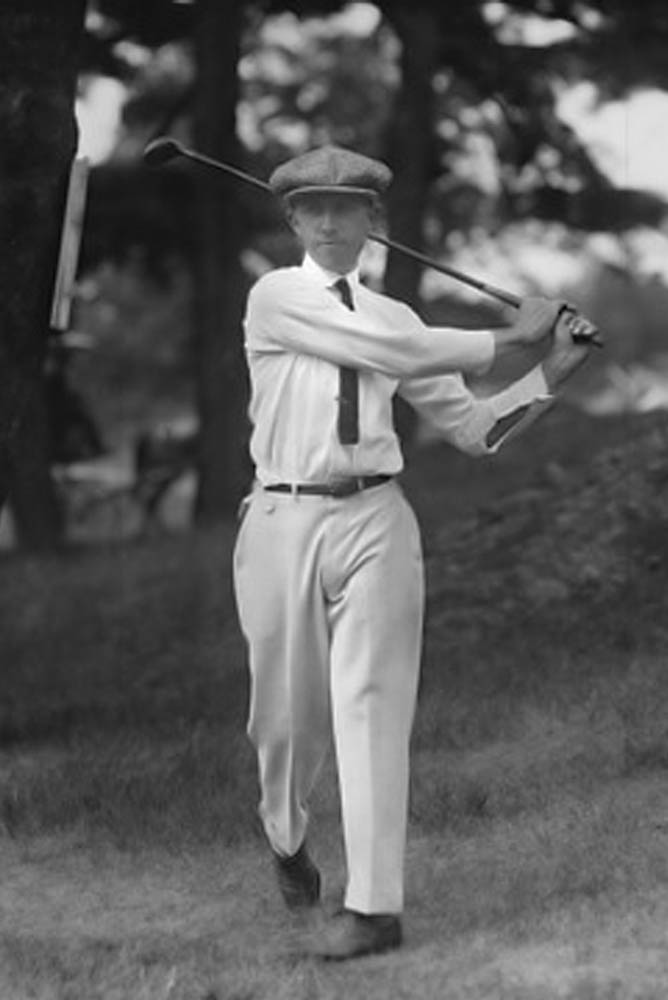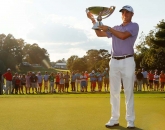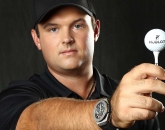 Philadelphia was at the heart of US golf, boasting the oldest golf association in the country, after the USGA. Within that association was Aronimink Golf Club, opened in 1896 and one of the oldest in the US. When Johnny started at the club the professional was the newly appointed Walter Reynolds. Reynolds had taken over as pro from local legend John M. Shippen, a man of mixed Shinnecock Indian and black parentage. Shippen had been recommended to the club by his mentor Willie Dunn, Scottish architect of Shinnecock Hills. Dunn had recruited a number of local Indians to work on building the new course, and he taught several youngsters how to play the game. It is recorded that Shippen beat him by 7 strokes in the first tournament they played in together. Shippen became notorious when several professionals threatened to withdraw from the 1896 US Open due to his presence in the field. In the end, no-one withdrew and, at only 17 years old, Shippen finished in fifth place in only the second US Open held.
Philadelphia was at the heart of US golf, boasting the oldest golf association in the country, after the USGA. Within that association was Aronimink Golf Club, opened in 1896 and one of the oldest in the US. When Johnny started at the club the professional was the newly appointed Walter Reynolds. Reynolds had taken over as pro from local legend John M. Shippen, a man of mixed Shinnecock Indian and black parentage. Shippen had been recommended to the club by his mentor Willie Dunn, Scottish architect of Shinnecock Hills. Dunn had recruited a number of local Indians to work on building the new course, and he taught several youngsters how to play the game. It is recorded that Shippen beat him by 7 strokes in the first tournament they played in together. Shippen became notorious when several professionals threatened to withdraw from the 1896 US Open due to his presence in the field. In the end, no-one withdrew and, at only 17 years old, Shippen finished in fifth place in only the second US Open held.
Against this background, it was no surprise that Aronimink encouraged the development of young golfers, and in McDermott, Reynolds found a willing pupil with staggering natural ability. In later years many stories surfaced of his precocious skills, largely apocryphal. Examples include him hitting 200-yard shots onto a target of an opened newspaper, then finishing practice by folding up the newspaper around the balls and walking away. Less told were the tales of his hair-trigger Irish temper, his bullying of other caddies and of his swaggering self confidence, claiming he could beat any pro in Philadelphia. It seems clear that these traits were also coupled with a chronic shyness, especially around women, and a lack of domestic support. Photos show a nervous, gap-toothed, slack jawed boy of slight build and medium height. Even after he began winning tournaments, his father was still totally against golf, telling the boy to “get a trade”.
By the time McDermott entered the US Open in 1909 he had already been a professional for over two years. Aged 17, he finished 49th (often erroneously reported as a fourth place finish). Nevertheless, he continued to improve and in 1910, aged 18, he stunned everyone by leading after 54-holes before tying with Scottish brothers Alex and McDonald Smith after four rounds at the Philadelphia Cricket Club. Alex Smith won the subsequent play-off, but Johnny had burst onto the national scene. However, in a sign of things to come, McDermott gracefully handled defeat by telling Smith “I'll get you next year, you big tramp!”
Johnny was then appointed as professional at Atlantic City Golf Club, at the time one of the best pro jobs in the country. Atlantic City call themselves the “Birthplace of the Birdie” claiming the term was invented there. Their faith was rewarded when J.J. McDermott Jr won the US Open the following year, 1911, at the Chicago Golf Club, winning in a play-off against Mike Brady and George Simpson. In doing so, he not only became the first American to win the national championship, he also remains the youngest player to win a PGA event and the youngest ever winner of the US Open. After Young Tom Morris he is the youngest ever winner of any Major. He was 19 years, 10 months and 12 days old.
This alone should have made McDermott a household name today. The fact that he isn’t is even more astonishing when one considers that a year later he took the championship again, in 1912, at the Country Club of Buffalo, this time by two shots from Tom McNamara, with a score of 294 on the par-74 course. In doing so, he became the first man to break par over 72 holes in any tournament.
Pages
Click here to see the published article.











